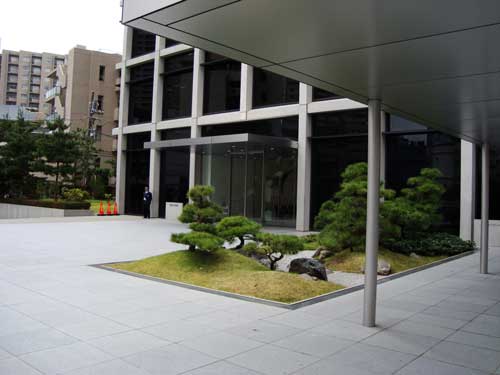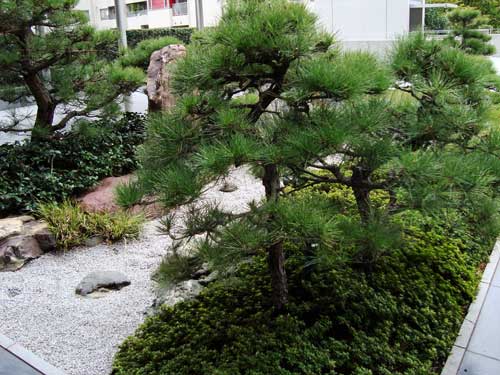
Last week I gave several talks about Tokyo Green Space, including at Japan’s Ministry of Foreign Affairs (Gaimusho, 外務書). The 1960s modernist building and landscaping impressed me. You can see the bright yellow ginkos in the background and the last fall leaves in the foreground.
My main point to the Ministry was that Japan has not done a good job of explaining its accomplishments in creating livable cities. Both its ordinary gardeners who compensate for a history of poor planning, and its landscape visionaries who are creating new public spaces for people and wildlife are unknown within and outside Japan. Most foreigners are surprised at how human-scaled and enjoyable Tokyo is.
Given climate change and global urbanization, Japan should promote its achievements and expertise in new urbanism, with relevance to developed and emerging cities around the world.
I also gave talks last week at Hitachi Ltd Headquarters to an audience that included Hitachi global business, defense systems, environmental strategy, and research institute leaders, as well as Kajima and ARUP biodiversity specialists, university professors, and Japanese media. Voted the MVP (most voted person), I also gave an impromptu speech, in Japanese, at the wonderful TEDxSeeds conference organized by the extraordinary culture curator Satoh Keiko.





